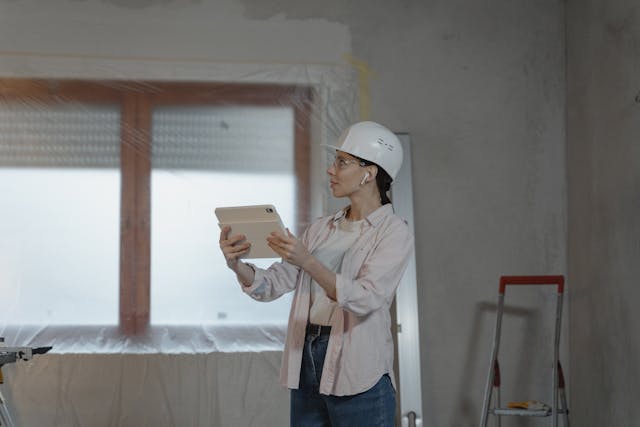
A safe work environment not only makes a place comply with legal requirements, but it is very important to maintain a productive and healthy working setting as well. Commitment to safety, therefore, reduces the incidence of accidents, increases employee morale as well and saves businesses from financial losses. In this guide, we guide you through some of the most important factors to consider in workplace safety when protecting your business and your employees.
Build a Culture That Prioritizes Safety
Workplace safety starts with an open, proactive culture. Every employee should understand their responsibility in working toward a safe workplace environment. This is achieved by encouraging openness about safety concerns as well as ensuring that everyone feels empowered to report concerns. This starts with leadership—when management demonstrates concern over safety, it is going to be contagious to the rest of the organization. Organize regular meetings where possible improvements in safety can be discussed, and incentives for maintaining safety standards that have a good reward structure for employees who go that extra mile to prevent hazards.
Total Safety Training for Employees
One of the best ways you can ensure your employees are aware of potential dangers and know how to handle them is through training. Safety training should be mandatory for all employees, from new hires to long-term employees. Ensure that the requirements fit your needs, of your workplace-including items such as working with machinery and chemicals or learning about ergonomic practices. Regular refresher courses will refresh what everybody learned and keep everyone updated on the best practices. Preparing your workforce with safety through workforce development programs places safety training within your employees’ core plans to avoid accidents.
Conduct Regular Workplace Inspections
Regular inspection is the best way to identify potential hazards before they lead to a certain accident. These inspections need to cover all aspects of the workplace, such as equipment, emergency exits, electrical wiring, and safety gear. You need to schedule these inspections and stick to it-whether it’s a month or quarter, depending upon the nature of your business. A good inspector needs to be sensitive to any suggestion that the employees might have at the time of inspection, as they may detect matters that the inspector would otherwise have failed to detect. Regular office checkups let you ensure a hazard-free environment that protects your staff and your business alike. Businesses in California will have to schedule regular Orange County fire alarm inspections to be sure that the alarms are working properly and meet codes in terms of safety.
Emergency Preparedness Plans
A clean emergency preparedness plan is necessary for unforeseen conditions, such as fires, natural disasters, or even toxic spills. Ideally, it should account for how a specific team would evacuate correctly, what the emergency contact numbers are, and where safety equipment is. Regular fire drills and other emergency drills will make everyone know what to do in the event of an emergency. Where your business is located, you must remain compliant with the regional regulations. So, for instance, businesses in California will have to schedule regular Orange County fire alarm testing to be sure that the alarms are working properly and meet codes in terms of safety. A good emergency plan has the potential to save lives.
Ergonomic Workspace
Workplace safety not only encompasses preventing very dramatic accidents. It should also limit long-term dangers that might lead to injurious effects on the health of employees. Ergonomics involves the creation of a workspace that directs the body to assume its natural posture by reducing tension and injury. For example, for office workers, this could mean providing adjustable chairs, keyboards, and monitors that promote healthy posture. In manual labor environments, tools and machines should be designed so that they don’t contribute to repetitive stress injury. When you thus apply ergonomics in a workplace, the avoidance of chronic discomfort, muscular disturbances, and many more health-related problems that are associated with bad workplace design is made easier.
Regular Equipment Maintenance
Proper equipment maintenance is one of the most important principles to be held in any workplace. All machinery and electrical systems should have regular servicing. This helps avoid breakdowns, which are bound to cause accidents. Plan a maintenance schedule and carry it out, for example, daily checks for heavily used equipment or yearly checks for larger systems. Replace or repair equipment when signs of wear are evident. Preventive maintenance not only makes your tools last longer but also prevents hazardous breakdowns that may eventually threaten the lives of your workers.
Conclusion
Keeping your workplace safe is a virtue of hard work, and it can equate to a lot of benefits. Happiness, health, and efficiency go hand in hand with a safer work environment. All these can be possible if you create a safety culture, check the workplace regularly, provide proper training, and maintain your equipment. After all, workplace safety is an investment in that it provides not only protection for your people but also for your business. Setting things right today sets workplaces on the road to a safer, more prosperous tomorrow.
